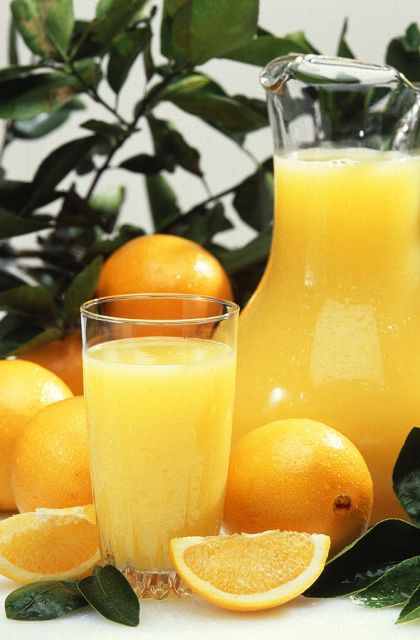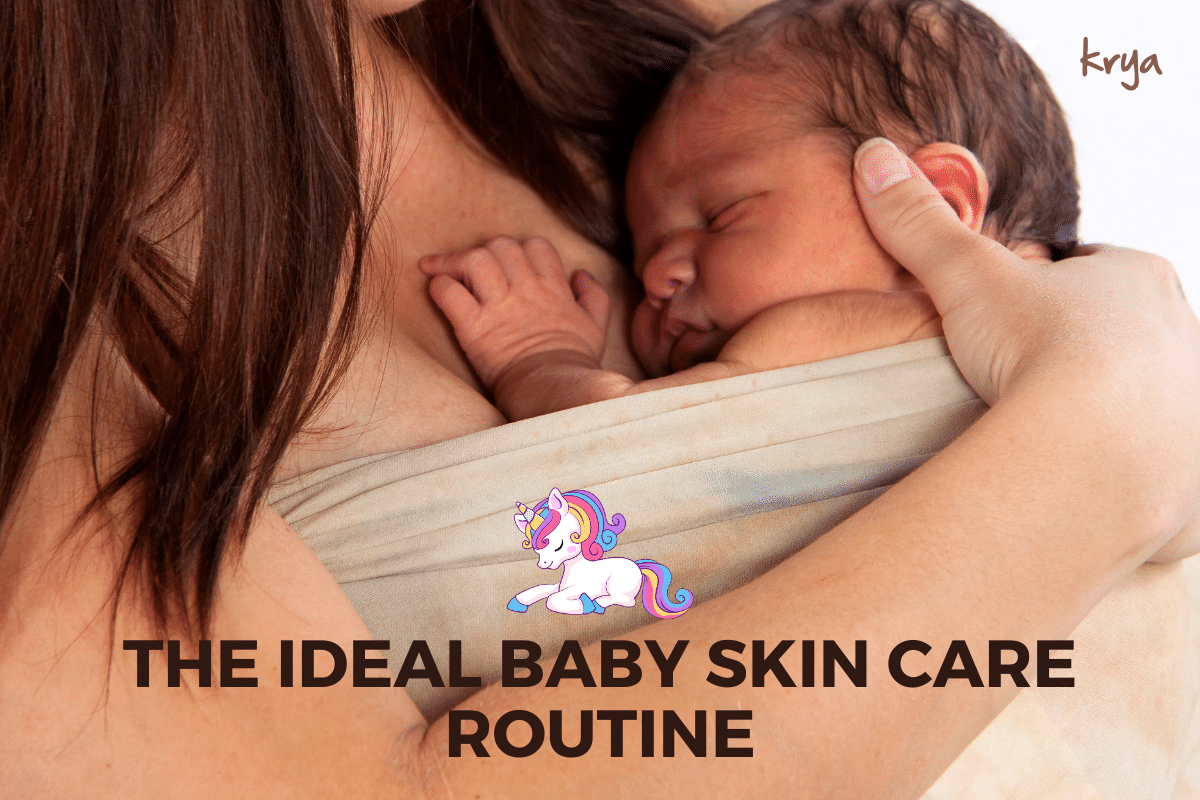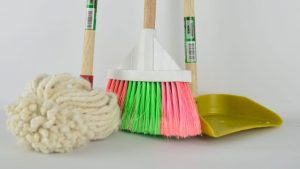This post was last updated on May 4, 2020 by Preethi Sukumaran
This is the second part of our article on the science of reading product labels, in which we will decode cosmetic product labels. In the earlier part we dived into the different elements that make up a food label in the Indian context. Krya does not make food products. We work only in household and skin care products. However we are also aware that good nutrition and health are fundamental to great skin and hair, which is why the earlier article examined food labels.
Decoding a cosmetic product label: The amazing human skin microbiome
The skin is the primary recipient of personal care products and to a lesser extent the scalp and hair. It is also our first line of defense and very integral to good health as it hosts many important micro organisms like bacteria , fungi, viruses and mites that aid our immunity and health. Many of these organisms are not only harmless but are extremely useful and benefical to us as they provide important functions that the human body has still not evolved to offer or functions the human body is happy to co-evolve with our microbiome.
The acidic pH of the skin which remains at 5.5, the distinctive odour of the pheromones we secrete during stress, arousal and even the distinctive odour each of us secretes through sweat . Research also suggests that our healthy microbiome colony can possibly be performing a training and teaching role: helping our skin T cells identify and respond to pathogenic microorganisms.
With this background to skin and our microbiome, we at Krya are constantly appalled by how poorly we treat our skin by applying products on it without due diligence.
Consider these skin facts :
- The skin is the largest organ in the body.
- The skin renews itself every 28 days ( it is a living growing organ !)
- The adult human skin can weigh around 3 -4 kg and covers approximately 20 square feet in area.
- The skin can absorb up to 60% of any product applied on it. (It is not a inert physical barrier like a raincoat)
- A baby’s skin can be three times thinner than an adult’s skin (& therefore is more vulnerable)
Cosmetic label reading : a vital survival skill
The consumer products industry is beset with two main problems today which makes cosmetic label reading, and in fact lapel reading of any cpg product, a vital survival skill.
Problems with the CPG industry: Lenient regulatory standards
A good friend who is the marketing director for a global brand of powder fruit juice concentrate revealed that in India, their formulation contains 96% white sugar, 2.5% preservatives and just 1.5% fruit juice extracts. Even at just 1.5 % levels, they can legally show lush pictures of fruit orchards and claim all the benefits of eating the fresh fruit from the tree.
So if you went to the store with just the image carried over from TV advertising and purchased the product without reading the label, you will be sugar high and nutrient low.

What is actually in your “straight from the orchard” orange juice? Mostly sugar?
Problems with the CPG industry: Creative re-interpretation
Creative re-interpretation is the other side of the same coin that also has lenient regulatory standards. Benefit claims made by brands today are stretched to the point be being farcial or even false. A common example is the use of the word “goodness” in many food and cosmetic products. It is legally possible to add 1% olive oil to 99% liquid paraffin’ to create a massage oil and then claim the benefits of pure olive oil. Here the trick is to use the phrase, “goodness” of olive oil in the claim.
In this backdrop we would like to provide you with 4 filters that make decoding a cosmetic label much simpler, andhelp you make a technically accurate and hopefully a much better decision.
4 things The 4 things to think through when reading a cosmetic or household product label
- Does it add up to 100 %?
This is the first point to check on a cosmetic label and ask yourself whether it all adds up.
The norm is to provide a full list of ingredients. This is not followed by many products. Then there are cases where complete declaration rule is relaxed, which we will talk about shortly. If the ingredient list says “key ingredients” mentioned with their percentages, you should quickly add the numbers. They will not add up to 100% and often the list of ingredients will account for only 30%-40% leaving you in the dark about the remaining 60% -70%. This is cause for concern.
Example 1: The label of a leading herbal hair wash powder calls itself completely natural and goes on to claim it is a proprietary Siddha formulation. The label declared many wonderful natural ingredients like Soapberry (which we use across our Krya cleaning and hair care formulations), Shikakkai and Amla (which goes into our body wash products). However, the ingredients declared were only key ingredients adding up to just 27% of the product.

Acacia concinna: a wonderful natural herb used throughout India for hair care. A common ingredient misrepresented in “herbal” products
But what about the remaining 73% of the product, which is really the major part of what is being applied on your hair. I found the composition of the remaining 73% on the label of the export variant of the same product. The balance 73% contained the following
- sulphates (a cheap foaming agent)
- hydroxy propyl tiammonium chloride
- Hydrated aluminium silicate
- Preciptated silica
- Dimethicone
- Glycerol
None of the above ingredients are good for hair. Let us leave aside the debate of whether they are toxic to hair and environment. At the very least I can aver that the composition of the 73% not declared on the pack is nothing to be proud of and the claim of “herbal hair-wash” is certainly misleading.
- Excipients , QS
Many formulations contain active, potent ingredients which need a carrier medium or a buffer or a diluting agent known as excipient, which can safely deliver the active ingredient. These excipients can be natural or synthetic and are usually cost effective, inert, bulking agents. The excipient concept has its origins in medicines. For example bitter medicines for children were given with honey as an excipient to mask the taste. The excipient concept and the format for declaring it has now been borrowed by processed food and cosmetics industries as well.
It is common on labels now for brands to declare their ingredients by weight per 5 gm of the product with the excipient listed at the very end with the suffix “q.s”. Now q.s. from the latin ”quantum satis” is an instruction to add “quantity sufficient “of the excipient to make the formulation. It is also assumed that formulator has an understanding of the safe limits in which the excipient can be used. This is a tricky situation for someone interested in decoding the label. The manufacturer need not disclose what the name of the excipient used neither is there any clear guideline on what chemicals or ingredients that can be called excipients.
Example 2: For example I used an Ayurvedic toothpowder and found it to be rather sweet. The label had listed several herbs well known for oral care which added up to nearly 40% by weight of the product and the balance 60% under excipients. Now I assumed that the excipient would be salt which is rather common. However after tasting the toothpowder and finding it to be really sweet, I discovered that the excipient was mostly sugar, which is not a good idea at all in a toothpowder.

Sugar: a common excipient used to make the taste of toothpaste more appealing
Then there are cases where the excipient appears to outright misleading. After our earlier post on sunscreens, a mother messaged us requesting an audit of the Ayurvedic sun screen lotion that she used on her kids. Now the product’s ingredient list read as follows:
- Key ingredients like aloe , zinc oxide , oil etc at 11%
- Bees wax at 7.5 %
- Purified water Q.S.
It appears that water is the excipient forming 91.5% of the lotion. Here is the problem which the lay person would not be aware of.
It is just not possible to form a stable water based lotion with just beeswax as the emulsifier. In the lotion industry a number of other chemicals like cetyl alchohol, stearic acid, polysorbate, carbomer are used as emulsifiers to product a stable lotion in all conditions.
Further with 91.5% water and a long shelf life, some preservatives are required. The industry depends on chemicals like parabens and benzoates for preservative action, which are also not listed in the ingredient list.
This raises many questions: how did this brand of Ayurvedic sun screen lotion achieve a stable product with just beeswax? Is any ingredient deliberately left out to protect the intellectual property? Is it just plain omission?
The only option here is to directly write to your brand and ask them for a complete disclosure of all ingredients including excipients.
- Claims & Mis-directions
Product claims are stretched to the absolute limit today. What started off as creative interpretation of the law can now be stretched to the point where it is no longer true.
Example 3: An example that immediately comes to mind is the line used by an Ayurvedic preparation which claims that their product helps you “stay slim and smart”. I have always wondered about the use of the word “stay” for this therapeutic product. If I am already slim and smart, why do I need this product? The visual communication gives us the impression that it is a problem solver, so if you do not notice the fine print you could easily conclude that this product will “make” you slim and smart. Sadly I know that many consumers have purchased this product in the hope of losing weight. I am not sure whether it worked for them or not.
The other disturbing trend in Indian cosmetic industry is use of the “Ayurvedic” tag to claim the halo of this sacred branch of our tradition. It is possible with some legal jugglery to add a few ingredients that have mention in Ayurvedic texts to an otherwise basic chemical formulation and pronounce the product as “Ayurvedic medicine”. Apart from the obvious benefit of piggy backing on Ayurveda, there are some licensing and tax benefits which motivate brands to borrow the Ayurvedic cloak.
In his book, India Unbound, Gurcharan Das recounts the story of how Vicks Vaporub became “Ayurvedic” when faced with the twin problems of very poor profits and a boycott by the Pharmacies in India. He recounts in the book that in this dire situation someone came up with the idea of re-classifying Vicks as an Ayurvedic formulation. Coincidentally some of the key ingredients are also mentioned in Ayurveda as remedies for common cold and the government approved their reclassification. They then were allowed to distribute the product widely in all stores and not just pharmacies. They also claimed tax benefits allowed to Ayurvedic medicines and scripted a spectacular financial rescue.
Is this really Ayurveda? Is this really presenting a true picture to the consumer who reads the label and trusts that Vicks is a genuine Ayurvedic formulation originally created by a qualified Ayurvedic doctor?
Ayurveda is a very exact and exacting science that has great reverence for the patients well being as well as for the plants, animals and minerals that provide the raw materials to create Ayurvedic medicines. For herb collection Ayurveda specifies place of origin, method of cultivation, time , season of methods of collection and storage. I very much doubt if Gurcharan Das and the rest of the team at Procter & Gamble regularly invoked the blessings of Lord Dhanvantari at the factory manufacturing Vicks Vaporub as prescribed by Ayurvedic tradition.
This was most likely the first incident in India of a brand exploiting the Ayurvedic classification loop-hole. Since them this is a route abused by so many brands that is has also corrupted many hoary Indian Ayurvedic companies. Many Ayurvedic brands in India have now incorporated “bad habits” from cosmetic companies. For example, I know of an Ayurvedic company that manufactured only tooth powder for over 80 years. The current generations of owners have suddenly started manufacturing a tooth paste with the known cosmetic villains like SLS, sugar, artificial colours and flavors and still continue to call it an “Ayurvedic formulation”.
Charaka, one of the father’s of Ayurveda has said that medicine is that which restores health and brings longevity. He also avers that a pure medicine is one which when eliminating disease should not give rise to even the slightest cause for another disease.
4. Is this product free from known Chemical Villains?
In this blog, we have written several articles putting forth our point of view on several industrial chemicals in cosmetic products that are toxic to some or all humans. These chemicals are skin irritants, endocrine disruptors and even carcinogenic. This is not the place to present a case for or against these chemicals. So we will go straight into our recommendation. Given the bewildering array of what could go wrong with chemicals in cosmetic products it is far easier to look for what is NOT present in a product that read the ingredient list. In our opinion the following claims on a product label should help you make a better choice. So look for
- Sulphate ( or SLS ) free
- Paraben free
- Petrolatum free
- Fragrance free
- Aluminum free
- Lead free
- Cruelty free
- Phthalate free
- DEA / TEA free
We hope that this article and its companion on reading food labels will give you the basic skills to survive shopping in a supermarket aisle filled with thousands of potentially harmful ingredients. Hopefully, you will walk out carrying products that genuinely fulfill the promise they made to you in their communication of being safe and natural for you and your family.
This article is a part of Krya’s series on toxics in household and personal care products. Through this series, we hope to inform, educate and inspire you to look around your home and detox it and yourself from the harmful action of more than 100,000 suspect industrial chemicals that surround human life today. The natural world is full of safe, environmentally sustainable, cruelty free options to care for yourself and your home, and our series will try to present atleast a small part of this exciting world to you.
If you would like to explore our series further, here’s what we’ve written before this piece:
- An introduction to the series
- Common carcinogens implicated in breast cancer found in your home
- Is it a conspiracy? A pre-planned genetic supremacy race? Or simply misinformation? Some reasons behind common toxics & why they continue to be used
- Are we putting our children at risk by using these products on them? Here are 3 toxins that plague children through the products we use on them.
- Do the products we buy contain toxins? How do we decode what goes into them? Here’s Urban Survival 101 telling you what you should look for in food product labels.




